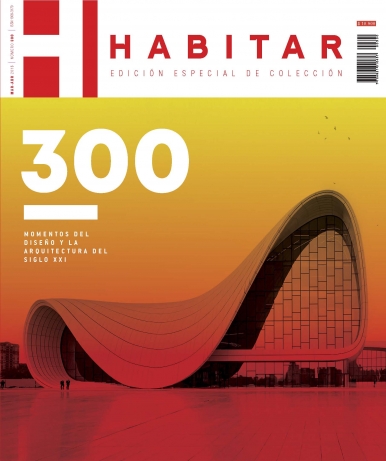Habitar - 23/03/18
Inicia sesión para disfrutar este recurso. Si aún no estás afiliado a BibloRed, haz clic en el botón.
Acceder- Año de publicación 23/03/2018
- Idioma Español
- Publicado por El Tiempo Casa Editorial
- Descripción
-
Citación recomendada (normas APA)
- "Habitar - 23/03/18", -:El Tiempo Casa Editorial, 2018. Consultado en línea en la Biblioteca Digital de Bogotá (https://www.bibliotecadigitaldebogota.gov.co/resources/3976168/), el día 2025-11-03.



